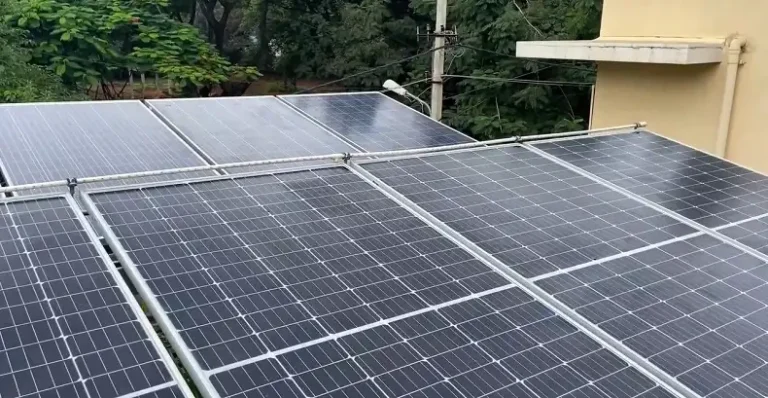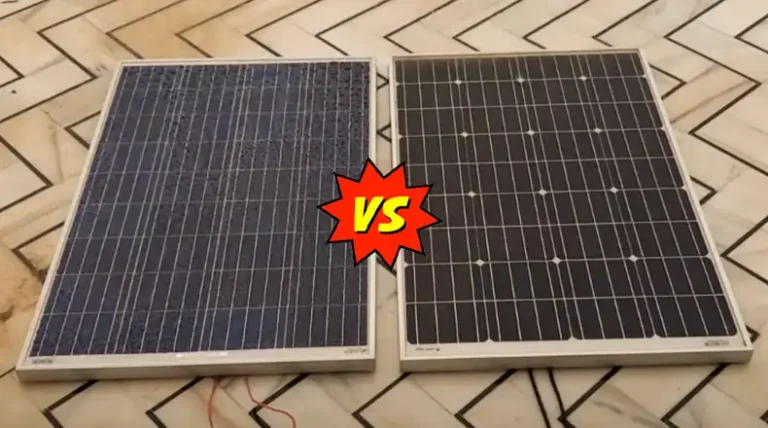Proven Ways to Pigeon Proof Solar Panels | Beneficial Solution
Dealing with pesky pigeons on solar panels can be a real nuisance. From obstructing sunlight to causing damage with their droppings, pigeons spell trouble for solar panel systems.
Luckily, there are proven methods to pigeon-proof solar panels to prevent issues. By taking preventative measures, you can deter pigeons from landing on panels and maintain optimal solar efficiency. In this guide, we’ll explore various cost-effective pigeon-proofing techniques that won’t void warranties.
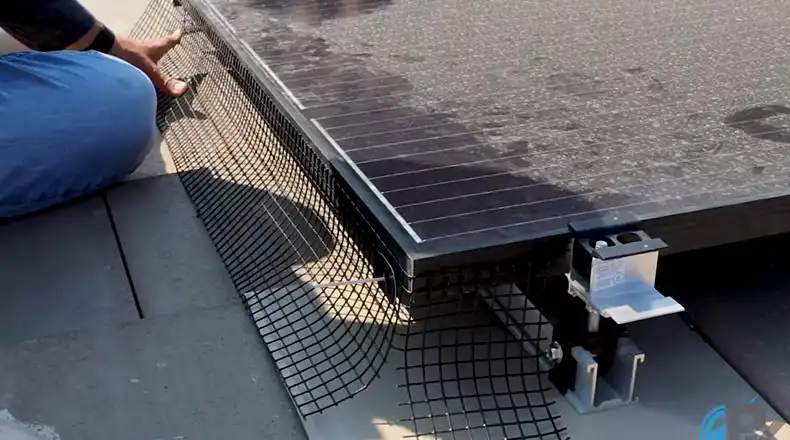
Different Ways to Pigeon Proof Solar Panels
When it comes to pigeon proofing solar panels, there are several effective options to deter the birds from congregating on your system. Here are some of the most popular methods:
Mesh Screens and Netting
Installing mesh screens or netting over and around solar panels is one of the simplest DIY solutions. The barrier blocks pigeons from landing directly on the panels. Stainless steel mesh with openings smaller than 0.5 inches prevents birds from poking their heads through. Be sure there is ample space between the netting and panels so as not to shade the system.
Pros:
- Inexpensive and easy to install
- Allows good airflow to prevent panel overheating
- Durable against weather and birds trying to pick through
Cons:
- Can be visible and unattractive
- Requires regular inspection for holes from persistent birds
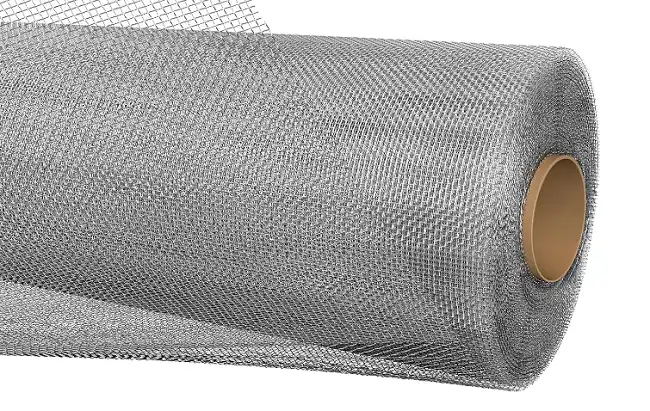
Spikes and Wire
Strategically placing spikes, prongs, or wires along solar panel edges deters pigeons from gaining a foothold. Stainless steel spikes blend in against silver/black panels while remaining harmless to birds. For a less visible option, install low-voltage electric wire with plastic sheathing along rails and frames. The light shock trains pigeons to avoid landing there.
Pros:
- Deters without harming pigeons
- More discreet than netting
- Also prevents nest building on panels
Cons:
- Less humane to use sharp spikes
- Electric wire requires extra installation
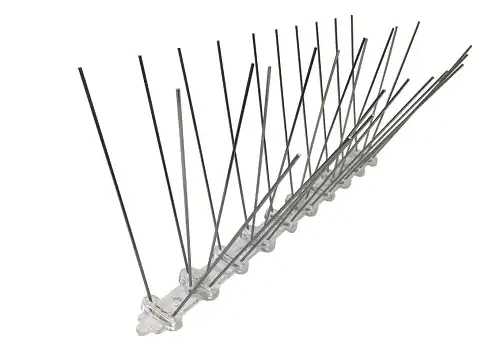
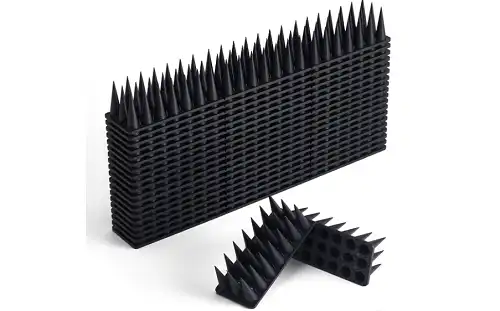
Repellent Gels & Liquids
Non-toxic pigeon-repellent gels or liquids create a sticky surface to prevent birds from landing. The substances have a mild irritation effect causing discomfort but no harm. Reapply after rain or every 30-90 days. Avoid petroleum-based products that could degrade rubber panel parts.
Pros:
- Humane pigeon deterrent
- Requires no installations
- Often rain/UV resistant
Cons:
- Messy application and reapplication
- Could attract dirt buildup
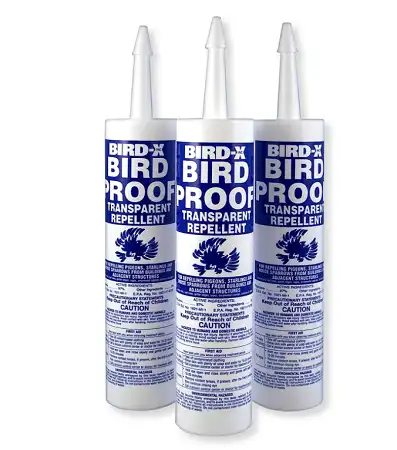
Motion-Activated Devices and Predator Mirrors
Installing motion-activated devices provides a harmless scare tactic to startle pigeons away. Devices like ultrasonic units, flashing LED lights, or sprinklers get triggered by movement. Place them strategically next to panels. For stubborn flocks, consider installing special predator mirror decoys that reflect hawk or owl images to scare pigeons. These mirrored decals can be paired with motion sensors for added effect.
Pros:
- Humane and non-invasive
- Low maintenance
- Deters multiple pest birds
- Mirror predators enhance the scare factor
Cons:
- Less effective on huge flocks
- The weather may impact electronic devices
- Mirrors require careful placement
Adding scary predator mirrors provides further aversion, especially when pigeons spot the looming raptors while inspecting panels. The mirrors enhance the perception of threat when combined with other startling devices. Properly positioning these optical illusions fool pigeons every time they spot their sworn enemies ready to swoop down.
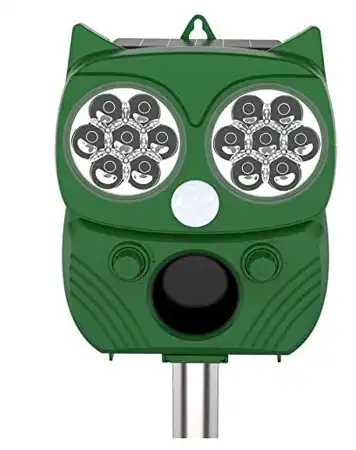
Fig – Automated Motion Device
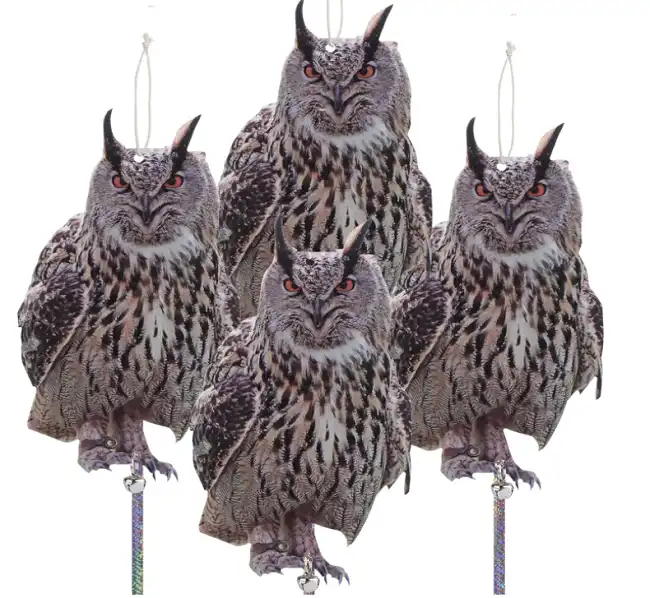
Fake Predator
Physical Barriers
For residential systems, consider physical caging or roofing structures around panels. Screen mesh roofing allows light through while preventing pigeons from landing or nesting on the system. More heavy-duty polycarbonate roof and cage options work for commercial solar arrays.
Pros:
- Completely blocks access
- Very effective physical deterrent
- Also protects from hail or falling debris
Cons:
- Added cost of structure construction
- Roofing could shade panels if poorly designed
Is It Necessary to Pigeon Proof the Panels?
With the hassles pigeons cause, a common question is whether preventative measures are truly necessary. Monitoring a few sporadic birds may seem harmless at first. However, the damage from droppings or nesting materials accumulates over time. And large, stubborn flocks pose even bigger efficiency and expense headaches. Here’s why action is essential:
Prevent Soiling and Corrosion – Pigeon droppings contain corrosive uric acid that eats away at panel components. The messy splatter also blocks sunlight absorption, reducing electrical output over time. Stop pigeons before excessive soiling builds up.
Avoid Nest Debris and Damage – Pigeons are notorious for building messy nests out of straw, twigs, and rubbish. This debris collects around panels, shading them further. Birds also peck and scratch panel parts, degrading materials.
Stop Growing Flocks and Bacteria – If just a few pigeons go undeterred, they attract more by roosting unimpeded. Rapidly multiplying flocks multiply the corrosive mess and system headaches. Their excrement also breeds airborne diseases like histoplasmosis.
Maintain System Efficiency – Allowing pigeon infestations counteracts investments into solar infrastructure. Failing to act on the first signs of droppings or nesting leads to reduced system productivity and higher long-run costs. An ounce of prevention is worth pounds of cure.
While no immediate crisis, overlooking early pigeon invaders risks exponential expenses over solar system lifetimes. Pigeon proofing promises substantial returns on upfront deterrent investments.
How Much the Preventive Measures Will Cost?
When weighing pigeon-proofing options for solar panels, cost inevitably plays a role. Prices vary significantly based on material, system size, and DIY versus professional installation. Here’s a relative cost breakdown:
DIY Measures
Mesh Screens/Netting: $0.20 – $1 per sq. ft (material only), for example, HOMLARK Wire Mesh Screen (50×120 Inches) will cost you around $35.
Spikes: There you will find spikes with 2 different materials – stainless steel and plastic., Both of them will cost you at least $10 to $20 or more, and the
Repellent Gels/Liquids: $25 to $100 per application
Predator: $5 to $20 or more.
Professionally Installed
Motion-Activated Devices: $50 – $500+ depending on number and types
When comparing prices, calculate long-term costs not just initial pricing. Labor-intensive solutions like gels require repeated applications over months or years. More permanent deterrents like netting may pay for themselves over time.
Can You Do It Yourself or Spend Extra Bucks for Hiring Installers?
For homeowners with DIY prowess, installing simple pigeon-proofing like screens, spikes or basic wiring is certainly feasible as weekend projects. But for more complex solutions or commercial scale arrays, professional installation is best for proper implementation and safety.
Tackling DIY Pigeon Proofing
For handy homeowners, begin with small projects first. Installing stainless steel mesh or plastic netting is fairly straightforward with basic tools. Measure carefully and use cable ties or durable bindings to secure tightly around panels.
Spikes and wire attachments also make manageable starter DIY projects. Carefully measure and space attachments equally so pigeons cannot land between them. Mark drill holes precisely to avoid hitting underlying wires or panel parts.
Only attempt basic electronic devices if experienced with electrical systems. Incorrectly wiring motion sensors or lights risks short circuits and shock hazards. Always power down solar systems fully before installing new attachments.
Benefits of Professional Installation
For commercial-scale solar arrays, professionally installed and engineered pigeon deterrents are worth the investment. Technicians have the equipment, materials, and skills to cleanly integrate complex solutions. They strategically place customized mesh screens, slope barriers, or electronic devices to seamlessly blend into existing infrastructure.
Professionals also ensure full compliance with building codes, manufacturer warranties, and system integrity. Improper DIY additions could undermine structures or violate regulations. Plus technicians continue monitoring and maintenance to keep solutions effective long-term.
So while handy homeowners can implement basic DIY pigeon proofing, solar providers offer turnkey solutions to match application scope and complexity. Weigh the pros, cons, and costs to decide what meets the budget and requirements.
Bonus Tips – Does Installing Preventive Measures Void Panels Warranty?
Property owners rightfully worry that altering solar equipment could jeopardize valuable manufacturer warranties. Specifically, would pigeon deterrent additions violate terms by modifying the original product design?
Thankfully most preventative measures like screens, gels, and spikes don’t interfere with internal components or void standard guarantees. Just avoid damaging panel glass or frames that could impact weather sealing protections. Also, check warranties that cover electrical output thresholds – severe soiling may degrade efficiency below promised ratings over time if not prevented.
Seeking manufacturer guidance is wise too. Many producers issue written approvals for specific pigeon-proofing brand accessories or installation methods. This protects against invalidating claims down the road. Keep all paperwork and receipts as proof of authorized system modifications as well.
With some due diligence and care, properly integrating pigeon defenses fortifies solar system lifespans. The minimal effort helps equipment operate smoothly for years while avoiding messy, expensive infestations down the road. Reach out to solar providers for tailored recommendations addressing unique site considerations and warranty parameters. Invest today in practical protection for productivity tomorrow.
Conclusion
Persistent pigeons plaguing solar equipment can really ruffle feathers. But with the right deterrents, owners can give them the bird and maintain optimal system performance. As we reviewed, practical proofing options fit budgets from DIY to commercial installs.
The small effort and expense to evict pesky pigeon squatters saves substantially bigger headaches later on. So don’t wing it without a defense plan. Implement solutions like screens, gels, or motion sensors promptly at the first signs of invaders. Then sit back and watch your solar operation soar to clean, efficient heights without the weight of bird droppings dragging it down.
What pigeon-proofing measures have you tried or considered? Share your thoughts below! And don’t forget to sign up for our solar newsletter for more helpful articles and resources. Thanks for reading!

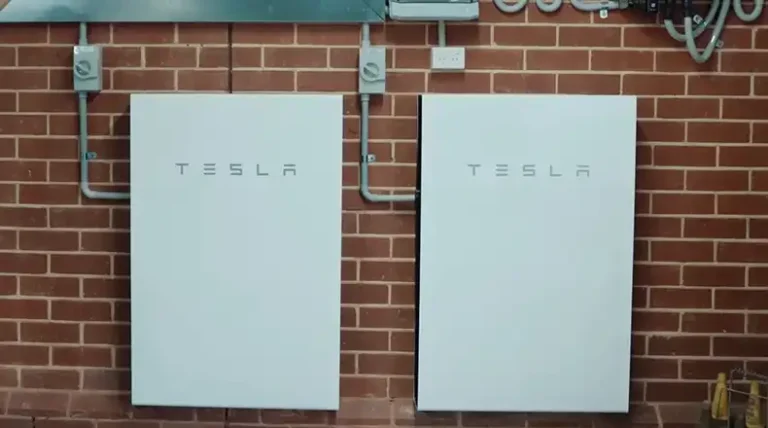
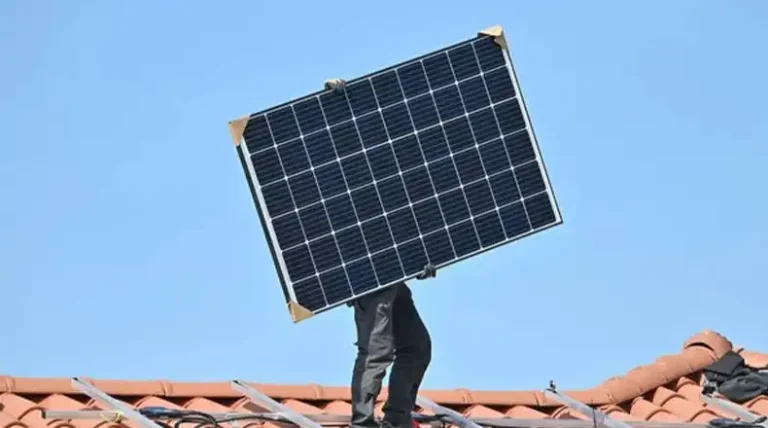

![[Solved] Why Is My Solar Panel Voltage Low](https://www.itekenergy.com/wp-content/uploads/2024/03/Why-Is-My-Solar-Panel-Voltage-Low-768x428.webp)
